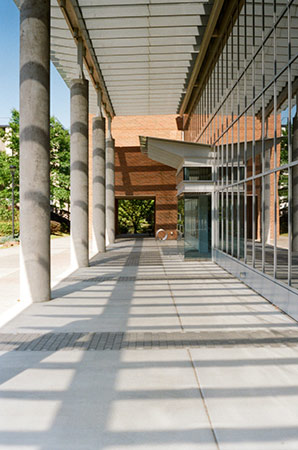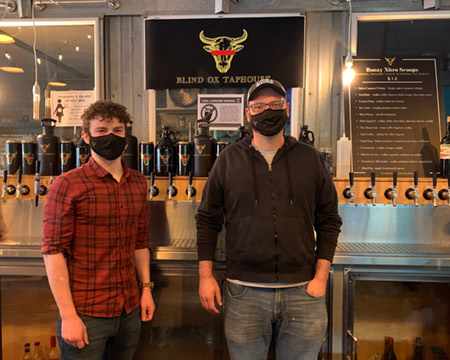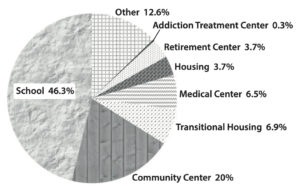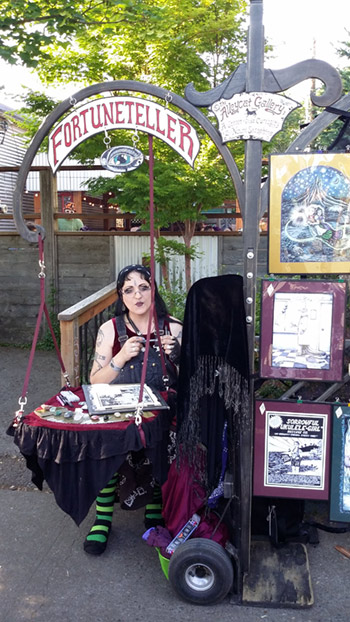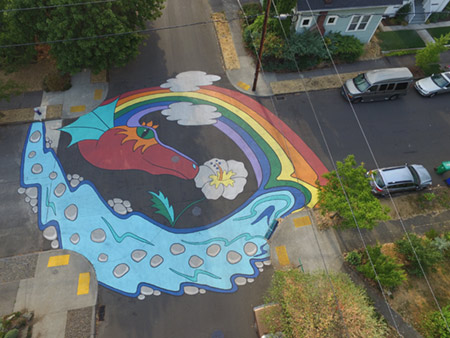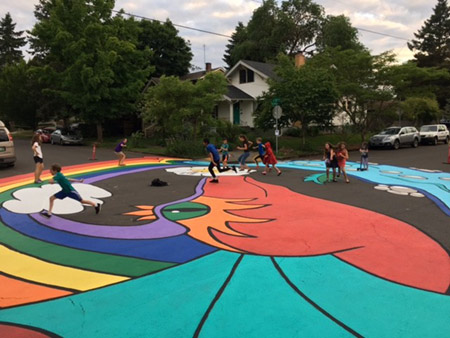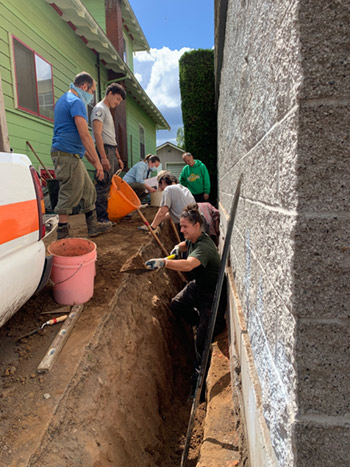By Nolan R. Bremer | Concordia neighbor
What’s in a name? is a question that has arisen with respect to the Concordia neighborhood.
After a series of names in the early years, the neighborhood has carried the name of the most prominent neighbor, Concordia University, for almost 50 years. With the closing of Concordia University, does the current name of the neighborhood need to be dropped also, or can the name Concordia stand on its own as a relevant name for the neighborhood?
I think it can, and here is why:
First, by definition, the Latin word “concordia” means harmony, well-being and peace. Literally, it means “with one heart.” While the neighborhood perhaps does not experience perfect “concordia,” the concept is worth setting as a goal toward which the community is always striving.
Every small business in the community works for the well-being not only of the family of the business owner but also toward the well-being of the entire community. All of those who work to be a positive force in solving racial, social and economic challenges – including the Concordia Neighborhood Association (CNA) board members, committee members and many concerned individuals – are promoting “concordia” in the community.
Even the word “connected” in the CNA mission statement assumes an outcome of “concordia.” On the one hand, we honor and promote diversity. On the other hand, we value having everyone aiming for the same goals.
Second, the gender of the Latin word “concordia” is feminine. The pages of this neighborhood newspaper often include the photos and stories of women who are making a difference in this community. The name Concordia honors and encourages such women. By extension, “concordia” also invites inclusion and provides a home for all of those who feel marginalized by the circumstances of their lives.
Finally, the name has served the neighborhood well for a long time. Of course, changing it will require only a few dollars and someone’s time, barring any unintended consequences.
Perhaps the name has been tainted by its association with Concordia University. For various reasons, some people will be disappointed if the name Concordia continues to define the neighborhood. But the name is well-established in the Portland area.
All of the other neighborhoods are named after people or places. Retaining the name Concordia, disassociated from Concordia University, will mean that this neighborhood alone carries a name that reflects a value which we regard as important: “concordia.”
CNA respects the views and beliefs of all Concordians, and their cultures and faiths. The views expressed by this writer do not necessarily reflect the views of CNA. For details about submitting a Reader’s Opinion piece for publication, visit ConcordiaPDX.org/CNewsSubmissions.
